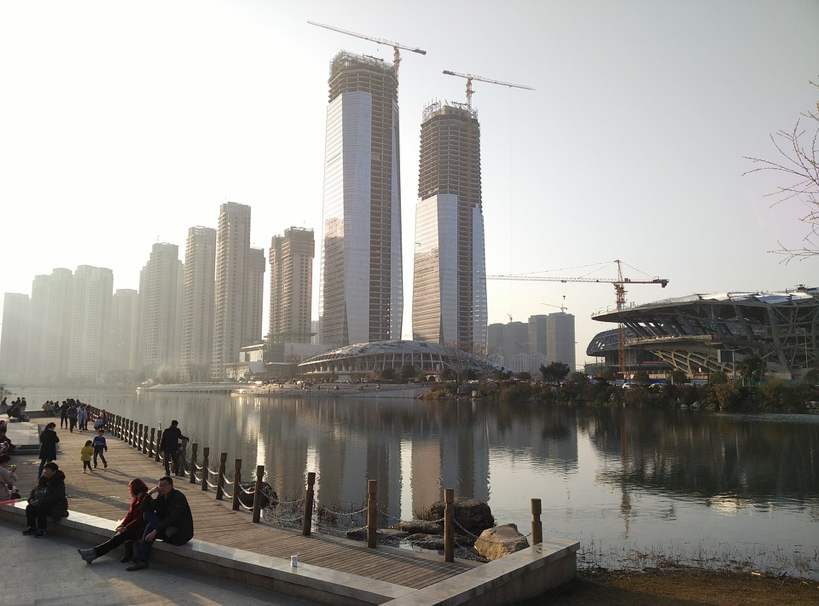
Luxury brands have set their eyes on emerging markets, like China’s tier 2 and 3 cities, and India, where consumers with newfound access to money and information are becoming avid purveyors and consumers of luxury goods and experiences. Yet, there is no one size fits all strategy that brands use when it comes to increasing their market share in these emerging markets.
Grounded on the insights they have gathered through their own research initiatives; brands implement different marketing and communication strategies which combine the nuances of the market and their own DNA and strengths. Executives would ask questions like: “where do we fit?”; “how do we differ from our competitors?” And it’s usually a never-ending process that requires both business acumen and creativity.
Inspirations not only come from data and insights, but also from personal observations, readings, and of course, looking at how other brands have done it. Here are two stories from brands in emerging markets that we find of interest.
Hermes in a China’s Tier 2 City
China’s tiered city system segments all the 614 cities in China into 4 different tiers based on multiple factors, such as GDP and population size. Cities are ranked based on these factors and the richest of them are put under tier 1, followed by tier 2, then tier 3, and finally tier 4. Therefore, the main markets for luxury goods are in tier 1 cities.

Yet after reading reports and, certainly, conducting research on the growing affluence in China’s Tier 2 cities, Hermes executives decided it is time to establish a new store in Changsha, a tier 2 city, by this summer – a bold move by the French luxury fashion brand, considering many other luxury brands are still concentrated in tier 1 cities such as Beijing and Shanghai and have not been able to make the same move.
On the other hand, Hermes has been closing some of their stores in France, especially those in mid-size cities, due to lower sales domestically.
Hermes’ revenue however has increased due to its presence in China, despite the above fact. This might have also contributed to their confidence in deciding to take a risk at a tier 2 city. Nonetheless, an ambitious expansion in China is on the horizon.
Key Takeaway: Do your research and know where you should refocus your strategy, even when it is at unconventional places.
Coach and India
Years ago, Coach Inc. President Ian Bickley observed that India was not ready for a brand like Coach- luxury malls weren’t as crowded and brand performance wasn’t up to what they hoped for, so instead, he focused on China and Japan. Fast forward to 2 years ago, he revisited India, visiting Mumbai, Delhi, and Bangalore, and observed that it has become a different place, one with thriving luxury malls. He decided it was finally time to establish Coach in the market, first in Mumbai, and then this year in Delhi. Within the next 5 years, he plans to establish 10 more stores across India.Even though he waited for the right time for him to approach India, many considered still considered his move unconventional.

Why the confidence? Whereas Hermes’ strategy is driven by economic growth and grounded mainly on a vision to transform the luxury landscape; for Coach, it is more about understanding the consumers deeper and finding out how their values align with Coach’s.
India’s luxury consumers are dominated by millennials who both aspire for the luxury life style but are still cost-conscious. The good thing for Coach is while their branding satisfies Indian consumers’ lifestyle aspirations, their offerings have always been value conscious. These alignments are what will drive Coach forward in India.
The revenues from their first flagship store in Mumbai have shown a very promising outlook.
Key Takeaway: Timing is key, as well as understanding what your consumers value and how they align with who you are and what you stand for.
Tying it All Together
The two stories above show how two different brands strategize somewhat differently. On one hand, Hermes’ confidence relies on statistics on growing affluence and business analytics (quantitative nature); on the other, Coach’s relies on understanding consumers deeper and how their values align (qualitative nature). It is up to the brand executives to select which approach to go with.
For Agility, however, both approaches in strategy are of equal importance, which is why we always encourage brands to conduct both quantitative and qualitative market research before entering a new market or segmenting their existing markets, to find the best strategy and the right balance. Quantitative research allows brands to look at the hard data and to see the big picture, with insights like economic forecast, and demographics. In addition, qualitative research enables deeper insights into the consumer behavior.
Emerging markets hold the key to growth, but they can be difficult to understand and unpredictable. While there may not be a one size fits all strategy, the best strategy can be achieved through a well planned research study. These are two large markets China and India, but there are many more emerging appetites for luxury in other markets like Vietnam,Thailand, Cambodia.

